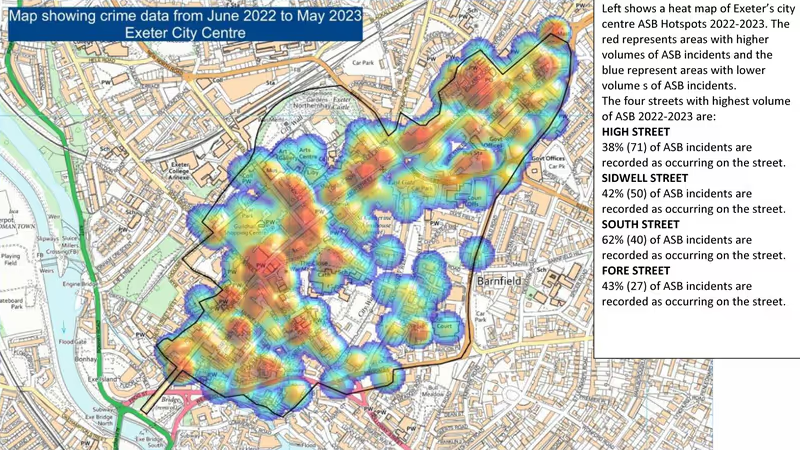The United Nations World Meteorological Organization State of the Global Climate report for 2020 confirms that there was a “relentless” intensification of the climate crisis last year, despite the temporary dip in carbon emissions due to coronavirus pandemic lockdowns, which had no discernible impact on atmospheric concentrations of greenhouse gases.
The report said that despite developing La Niña conditions, which cool the sea surface temperature across parts of the Pacific Ocean, global mean temperature in 2020 is expected to be one of the three warmest on record making the past six years, including 2020, the six hottest ever. The global average temperature was about 1.2°C above the pre-industrial (1850-1900) level, just 0.3°C below the target limit agreed in Paris in 2015.
United Nations Secetary-General António Guterres said 2021 would be “the make it or break it year”, adding that 2020 had been another unprecedented year of extreme weather and climate disasters. He added: “We are on the verge of the abyss”.
The annual report, which the World Meteorological Organization has issued since 1993, includes input from national meterological services including the Met Office.
It is accompanied by a story map which shows details of key climate indicators, including record greenhouse gas concentrations, increasing land and ocean temperatures, sea level rise, melting ice and glacier retreat and extreme weather. The map also highlights impacts on socio-economic development, migration and displacement, food security and land and marine ecosystems.
World Meteorological Organization Secretary-General Professor Petteri Taalas said: “The key climate indicators provided in this report highlight relentless, continuing climate change, and the severe losses and damage associated with extreme weather events, affecting people, societies and economies.”
 2020 global mean temperature difference from 1850-1900. Image: © Met Office.
2020 global mean temperature difference from 1850-1900. Image: © Met Office.
Meanwhile the International Energy Agency’s annual Global Energy Review has predicted that carbon emissions will rise by the second largest annual increase in history during 2021, driven by economic policy responses to the coronavirus pandemic.
Global energy-related carbon dioxide emissions are expected to rise by almost 5% to 33 billion tonnes in 2021, mainly because of a strong rebound in demand for coal for use in electricity generation. The expected rise in coal use dwarfs that of renewables, despite accelerating demand, by almost 60%.
This year’s emissions increase will be second only to the rise that took place during 2010 following the global financial crisis.
Both reports comes as a global leaders summit convened by US President Joe Biden meets and the UK prepares to host the COP26 UN climate summit in Glasgow in November.
International Energy Agency Executive Director Faith Birol said: “Unless governments around the world move rapidly to start cutting emissions, we are likely to face an even worse situation in 2022.
“The Leaders Summit on Climate hosted by US President Joe Biden this week is a critical moment to commit to clear and immediate action ahead of COP26 in Glasgow.”
However a recent UK net zero policy tracker update by thinktank Green Alliance confirms that the UK still needs to make major changes in the next few years to meet its carbon emissions reduction targets.
On current trajectories, the UK’s greenhouse gas emissions will be nearly 40% higher in 2030 than they need to be to have a good chance of reducing them to net zero by 2050.
The data shows that most UK emissions reductions have so far come from replacing coal with renewables for electricity generation, with other significant reductions in heavy industry and less biodegradable waste being sent to landfill.
But the report confirms that emissions from transport, housing and agriculture have barely come down over the past decade, with transport emissions, the UK’s biggest source of greenhouse gases, at the same level as in 1990.










